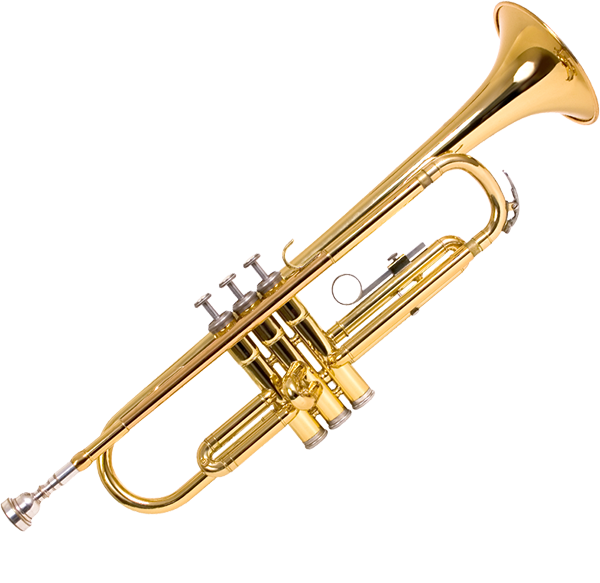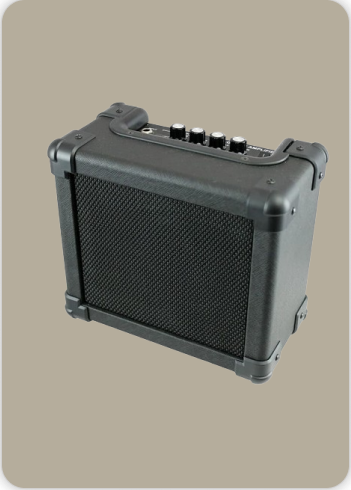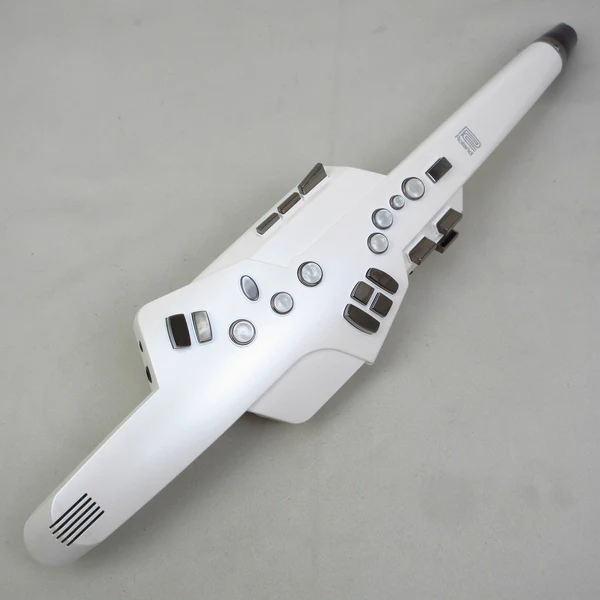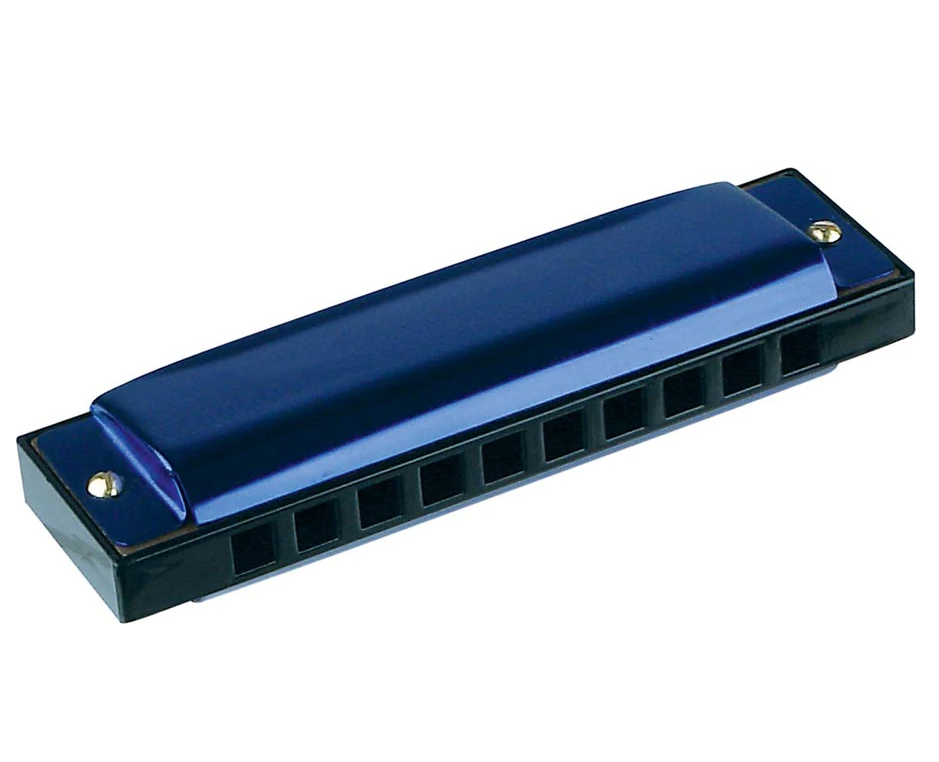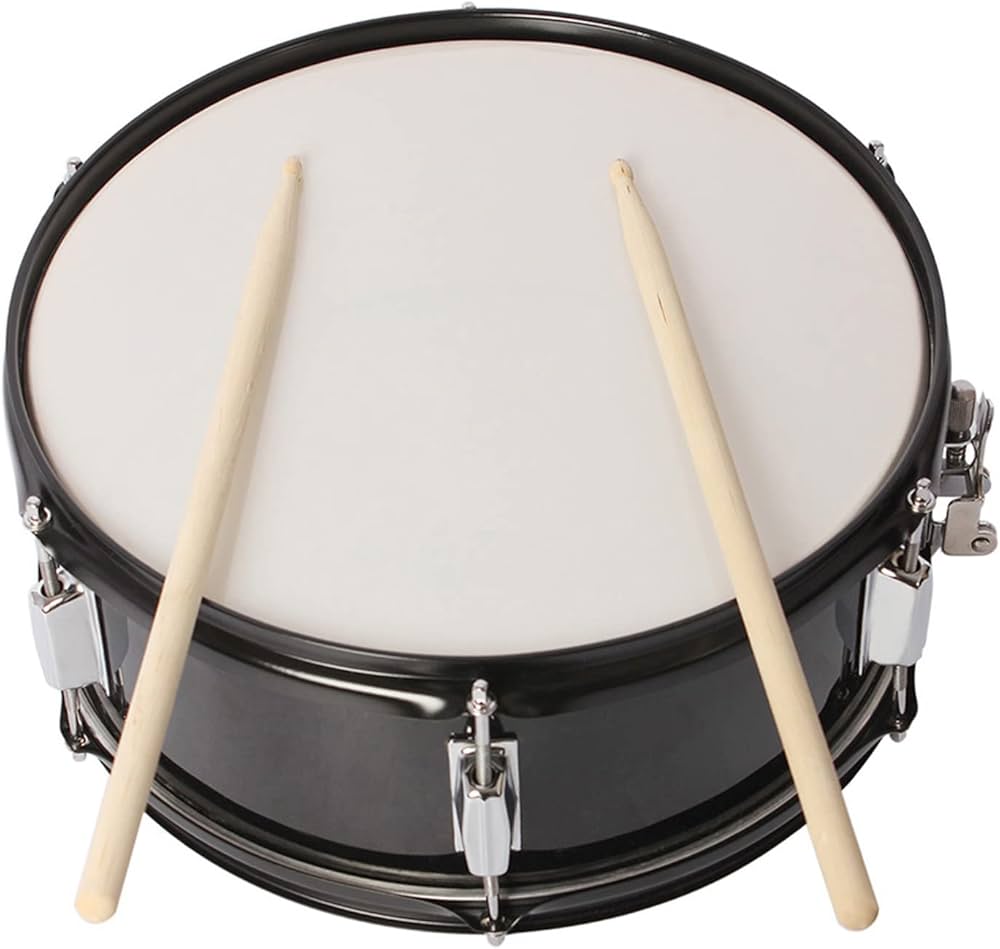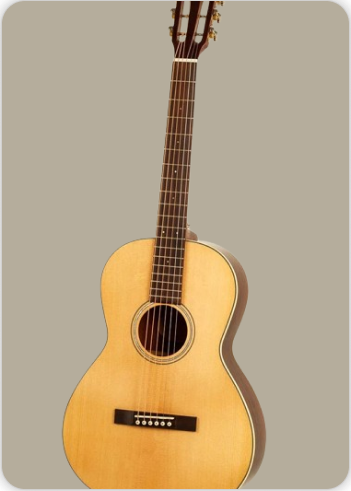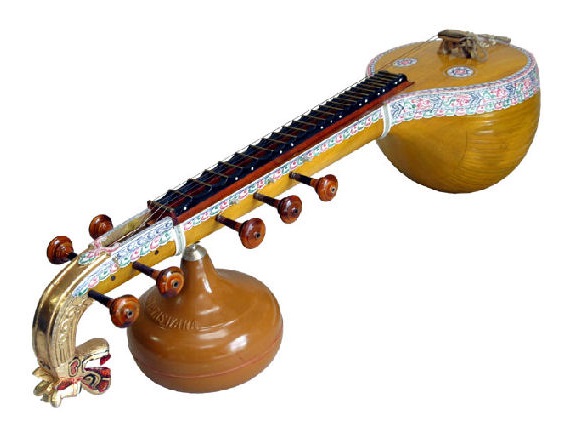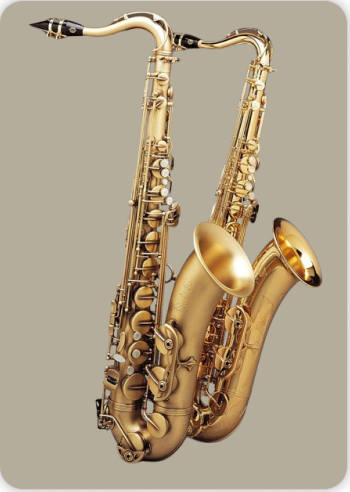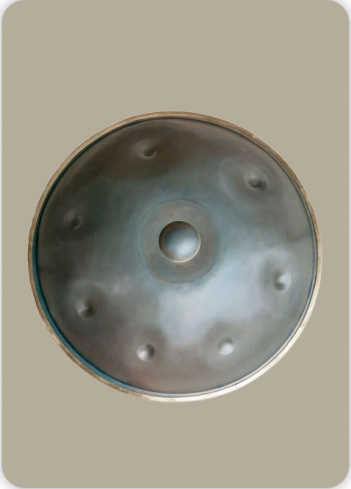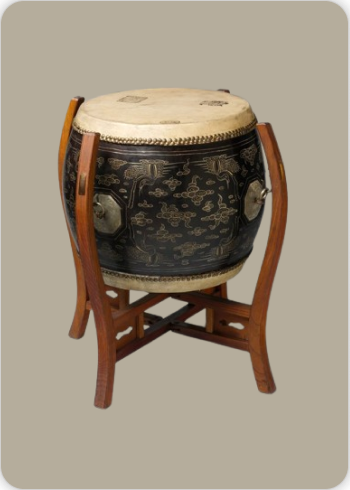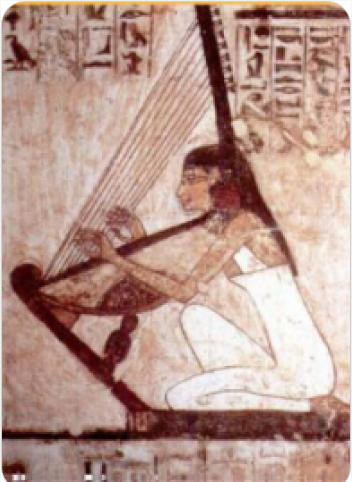Ranjan veena
Plucked Instruments
Asia
Between 1901 and present
Video
The Ranjan Veena is a modern plucked string instrument that represents a significant innovation in Indian classical music. Conceived and patented by Pandit Niranjan Haldar, a distinguished artist with decades of experience in both Indian and Western classical traditions, the Ranjan Veena stands out for its unique tonal blend and versatility. Unlike traditional veenas, which are often large and cumbersome, the Ranjan Veena is designed to be more compact and accessible without sacrificing the depth and richness of sound that characterizes Indian string instruments. The instrument’s sound is described as a harmonious fusion, drawing from the tonal qualities of the veena, sitar, and guitar, resulting in an expressive palette that appeals to both traditionalists and contemporary musicians.
Type of Instrument
The Ranjan Veena belongs to the category of plucked string instruments, specifically within the family of finger-picking instruments. It is classified as a composite string instrument, reflecting its hybrid nature and the influence of multiple traditional instruments. The instrument is played using two finger picks, one thumb pick, and a stone or glass slide, which facilitates the execution of slides and glides characteristic of Indian classical music. The Ranjan Veena’s design allows for both melodic and rhythmic playing, with a set of main strings, secondary chikari strings, and a substantial number of sympathetic strings. This configuration enables the instrument to produce a rich, layered sound that is both melodically expressive and rhythmically intricate. The use of a slide, similar to the technique employed in Hawaiian guitar, further expands the instrument’s expressive capabilities, allowing for smooth transitions between notes and the execution of complex ornamentations. The Ranjan Veena’s finger-picking approach, combined with its unique string arrangement, positions it as a versatile instrument capable of accommodating a wide range of musical styles, from traditional ragas to contemporary compositions. Its classification as a composite instrument underscores its role as a bridge between different musical traditions, offering a platform for experimentation and innovation while preserving the essence of Indian classical music.
Historical Background
The Ranjan Veena is a relatively recent invention, originating in India on the Asian continent in the late 20th or early 21st century. Its creation is attributed to Pandit Niranjan Haldar, who drew upon his extensive experience in Indian and Western classical music to develop an instrument that would address the limitations of existing veenas while introducing new possibilities for musical expression. The inspiration for the Ranjan Veena came primarily from the Vichitra Veena, a traditional Indian string instrument known for its distinctive sound and playing technique. However, Haldar sought to create an instrument that was more compact, easier to handle, and capable of producing a wider range of tonal colors. After a decade of research and experimentation, he succeeded in developing the Ranjan Veena, which was subsequently patented and introduced to the musical community. The instrument quickly gained recognition for its innovative design and unique sound, attracting the attention of musicians and scholars alike. Its emergence reflects a broader trend in Indian classical music toward the adaptation and modernization of traditional instruments, as artists seek to engage new audiences and explore new artistic horizons. The Ranjan Veena’s development marks a significant milestone in the evolution of Indian string instruments, demonstrating the ongoing vitality and creativity of the country’s musical traditions.
Construction and Physical Structure
The physical structure of the Ranjan Veena is a testament to thoughtful design and craftsmanship, aimed at achieving both functionality and aesthetic appeal. The instrument measures approximately 1100 mm in length, 330 mm in breadth, and 150 mm in height, making it significantly more compact than many traditional veenas. It weighs around 3.6 kg (7.93 lbs), which enhances its portability and ease of handling, particularly for performers who travel frequently or participate in stage performances. The Ranjan Veena features a total of 21 tuning knobs, utilizing an Indian design with a guitar-like tuning mechanism that ensures precise and stable tuning across its range. The string arrangement consists of five main strings, four secondary chikari strings, and twelve sympathetic strings, providing a broad octave range of up to four octaves. The main strings are responsible for carrying the melody, while the chikari strings add rhythmic and harmonic support, and the sympathetic strings resonate in response to the played notes, enriching the overall sound. The instrument is equipped with 19 reference frets, which serve as guides for finger placement and facilitate accurate intonation during performance.
The use of picks—two for the fingers and one for the thumb—along with a stone or glass slide, allows for a diverse array of playing techniques, from delicate plucking to powerful slides and glides. The body of the Ranjan Veena is typically crafted from high-quality wood, chosen for its acoustic properties and durability, while the hardware components, such as the tuning pegs and string anchors, are made from metal to ensure longevity and reliability. The overall construction reflects a careful balance between tradition and innovation, combining elements from classical Indian instrument-making with modern materials and ergonomic considerations. The instrument’s design not only enhances playability but also contributes to its distinctive visual identity, making it an attractive choice for performers seeking both functionality and aesthetic appeal.
Types and Variations
While the Ranjan Veena itself is a distinct instrument, its creation has inspired the development of related instruments and variations that explore different tonal possibilities and construction techniques. One notable example is the Triveni Veena, also invented by Pandit Niranjan Haldar in collaboration with Pandit Kamal Kamle. The Triveni Veena is named for its combination of three materials—metal, wood, and leather—and its ability to produce a mixed tone reminiscent of the sarod, veena, and guitar. This instrument features a different string arrangement, with four melody strings, additional chikari strings, and eleven sympathetic strings, and is played using a steel slide, similar to the technique employed in the Hawaiian guitar. The Triveni Veena offers a loud sound with long sustain and a sweet tone, further expanding the expressive possibilities available to musicians. These variations reflect the ongoing experimentation and innovation within the field of Indian string instruments, as artists and instrument makers seek to create new sounds and adapt traditional forms to contemporary musical contexts. The Ranjan Veena itself may be customized in terms of materials, finishes, and decorative elements, allowing individual musicians to tailor the instrument to their personal preferences and performance needs. This spirit of innovation and adaptability is a hallmark of the Ranjan Veena and its related instruments, ensuring their continued relevance and appeal in a rapidly evolving musical landscape.
Characteristics of the Ranjan Veena
The Ranjan Veena is distinguished by a number of unique characteristics that set it apart from other string instruments. Its tonal quality is often described as a blend of the veena, sitar, and guitar, offering a rich and versatile sound that can accommodate a wide range of musical styles. The instrument’s sympathetic strings contribute to its characteristic resonance and sustain, creating a lush, immersive sonic environment that enhances both solo and ensemble performances. The use of finger picks and a slide allows for intricate melodic ornamentation and expressive phrasing, enabling musicians to execute complex techniques with precision and fluidity. The Ranjan Veena’s compact size and relatively light weight make it accessible to a broader range of performers, including younger musicians and those with physical limitations that might make larger instruments difficult to manage. Its modern tuning mechanism ensures reliable performance and ease of maintenance, while the carefully designed fretboard facilitates accurate intonation and comfortable finger placement. The instrument’s construction from high-quality materials ensures durability and a consistent tonal response, making it suitable for both professional and amateur musicians.
The Ranjan Veena’s adaptability is further enhanced by its compatibility with a variety of playing styles, from traditional Indian classical music to contemporary fusion genres. Its ability to execute all major Indian classical instrumental techniques makes it a valuable tool for both performance and pedagogy, offering students and teachers a versatile platform for exploring the nuances of Indian music. The instrument’s visual appeal, with its elegant lines and carefully crafted details, adds to its allure, making it a popular choice for stage performances and recordings. The Ranjan Veena’s combination of tradition and innovation, versatility and expressiveness, ensures its place as a significant and enduring contribution to the world of Indian classical music.
Playing Techniques and Sound Modifications
The Ranjan Veena is a plucked string instrument that merges the expressive techniques of Indian classical music with the ergonomics and tonal possibilities of Western instruments. It is played using finger picks on the forefinger, middle finger, and thumb, along with a stone or glass slide. This combination allows for a wide range of articulations, including meed (slide), gamak (oscillation), krintan (pluck and flick), gitkari (fast picking), and rapid taans (fast melodic runs). The slide technique, reminiscent of the Hawaiian guitar, enables smooth glides between notes, a hallmark of Indian classical phrasing. The use of sympathetic strings (tarab) enriches the resonance, providing a lush sonic backdrop that enhances the melodic lines.
Players can modulate the sound by varying the pressure and angle of the slide, altering the attack with different picking strengths, and manipulating the chikari (drone) strings for rhythmic emphasis. The reference frets guide accurate intonation while still allowing for microtonal inflections, essential in Indian ragas. The thumb, in opposition to the picks, is crucial for producing the characteristic “Ra” sound in the Da-Ra combination, a technique borrowed from traditional veena and sitar playing. These methods collectively make the Ranjan Veena versatile, capable of emulating the tonalities of the veena, sitar, and guitar, while retaining its unique voice.
Famous Compositions
Though the Ranjan Veena is a relatively recent invention, its repertoire is growing, especially within the realm of Indian classical music. Pandit Niranjan Haldar, the instrument’s inventor, has performed a variety of ragas on the Ranjan Veena, showcasing its adaptability and expressive range. Notable ragas performed include Deshi, Bilaskhani Todi, Madhuvanti, Multani, Bhimpalasi, Brindavani Sarang, Dhani, Basant Mukhari, Yaman, Jog, Darbari Kanhada, Bageshri, and Malkauns. These performances often feature elaborate alap (improvisational introduction), jod (rhythmic development), and jhala (fast-paced conclusion), highlighting the instrument’s ability to handle both slow, meditative passages and brisk, intricate sequences. The Ranjan Veena is also used for lighter classical and semi-classical compositions, including bhajans and film music arrangements. Its capacity to blend the timbres of sitar and guitar makes it suitable for fusion works, expanding its reach beyond traditional boundaries. As more musicians adopt the instrument, the catalog of compositions specific to the Ranjan Veena is expected to grow, further establishing its place in contemporary Indian music.
Most Influential Players
The most influential figure associated with the Ranjan Veena is its inventor, Pandit Niranjan Haldar. With over four decades of experience in both Indian and Western classical music, Haldar has been a pioneer in promoting the instrument through performances, recordings, and educational initiatives. His concerts at venues in Bhopal, Bangalore, and Indore have introduced audiences to the distinctive sound of the Ranjan Veena and inspired a new generation of musicians to explore its possibilities. Pandit Haldar’s expertise spans multiple instruments, including the vichitra veena and guitar, which informed his design and playing style for the Ranjan Veena. His mastery of both traditional and innovative techniques has set a high standard for future performers. While the instrument is still gaining popularity, a growing number of young musicians are expressing interest in learning it, drawn by its unique sound and versatility. As the community of Ranjan Veena players expands, new influential voices are likely to emerge, further enriching its legacy.
Historical Performances or Concerts
Since its creation in 2007, the Ranjan Veena has been featured in several notable performances, primarily by Pandit Niranjan Haldar. His concerts at cultural hubs such as Bhopal, Bangalore, and Indore have been particularly significant, serving as milestones in the instrument’s journey. These performances have often been part of larger classical music festivals or special events organized by institutions like Akashvani (All India Radio), Doordarshan, and the Sangeet Natak Akademi. During these concerts, Haldar has demonstrated the full expressive range of the Ranjan Veena, performing both solo and in ensemble settings. His renditions of complex ragas and intricate compositions have showcased the instrument’s capabilities, earning praise from audiences and critics alike. These historical performances have played a crucial role in legitimizing the Ranjan Veena as a serious instrument within the Indian classical tradition, encouraging further exploration and innovation.
Maintenance and Care
Proper maintenance is essential to preserve the tonal quality and longevity of the Ranjan Veena. The instrument’s construction includes a combination of wood, metal, and sympathetic strings, each requiring specific care. Regular cleaning of the body and strings prevents dust accumulation, which can dampen resonance and affect playability. The slide, whether made of stone or glass, should be kept smooth and free of debris to ensure seamless gliding across the strings. Tuning is a meticulous process, given the presence of 21 tuning knobs for the main, chikari, and sympathetic strings. Players must regularly check and adjust the tuning to maintain the desired pitch and harmonic balance. The reference frets, while providing guidance for finger placement, should be inspected periodically for wear and alignment. Any signs of loosening or damage should be addressed promptly to avoid intonation issues.
String replacement is another important aspect of maintenance. The main and chikari strings, subject to frequent plucking and sliding, may require more frequent changes than the sympathetic strings. Using high-quality strings and replacing them as needed ensures consistent sound quality. The wooden components should be protected from extreme humidity and temperature fluctuations, which can cause warping or cracking. Storing the instrument in a padded case when not in use helps prevent accidental damage.
Interesting Facts and Cultural Significance
The Ranjan Veena stands out as a modern innovation in the lineage of Indian string instruments. Its name, derived from the Sanskrit word meaning “to please,” reflects its intended role as a source of musical delight. The instrument’s design draws inspiration from the vichitra veena, sitar, and guitar, blending their best features into a single, versatile platform. The inclusion of both frets and a slide is particularly noteworthy, as it bridges the gap between the fretless expressiveness of the vichitra veena and the structured intonation of the sitar. Culturally, the Ranjan Veena represents the ongoing evolution of Indian classical music. It embodies the spirit of innovation that has characterized the tradition for centuries, demonstrating that new instruments can coexist with established ones while contributing fresh perspectives. The instrument’s ability to produce the nuanced ornamentations central to Indian ragas, combined with its guitar-like playability, makes it accessible to musicians from diverse backgrounds.
An interesting aspect of the Ranjan Veena is its appeal to both classical purists and contemporary musicians. Its sound palette is broad enough to accommodate traditional ragas as well as modern fusion genres, making it a bridge between generations and musical styles. The use of sympathetic strings, a hallmark of Indian string instruments, ensures that the Ranjan Veena retains a distinctly Indian character even as it explores new sonic territories. The instrument has also played a role in educational outreach, with workshops and demonstrations introducing students to its unique features. As more musicians take up the Ranjan Veena, it is poised to become a significant voice in the global music landscape, symbolizing the dynamic interplay between tradition and innovation.
FAQ
What is the construction and material used in the Ranjan Veena?
The Ranjan Veena is made of seasoned teak or tun wood, featuring 19 strings and a hollow body with a gourd resonator. It has both sympathetic and playing strings, with a combination of a sitar-like neck and slide guitar-like technique. The bridge and tuning pegs are crafted from durable bone or hardwood. It is played using a steel bar for gliding tones.
What type of sound does the Ranjan Veena produce?
The Ranjan Veena produces a rich, resonant tone combining elements of the sitar, sarod, and guitar. Its slide technique enables smooth, gliding meend (pitch bends). The sympathetic strings add a layered, drone-like background. The sound is ideal for Hindustani classical music and fusion styles.
What are the uses and applications of the Ranjan Veena in music?
The Ranjan Veena is primarily used in Indian classical music, especially for instrumental renditions of ragas. It is also featured in contemporary fusion and world music due to its versatile tone. Artists use it for both solo and ensemble performances. Its expressive capabilities suit both melodic improvisation and structured compositions.
 Links
Links
References
Other Instrument
Categories

